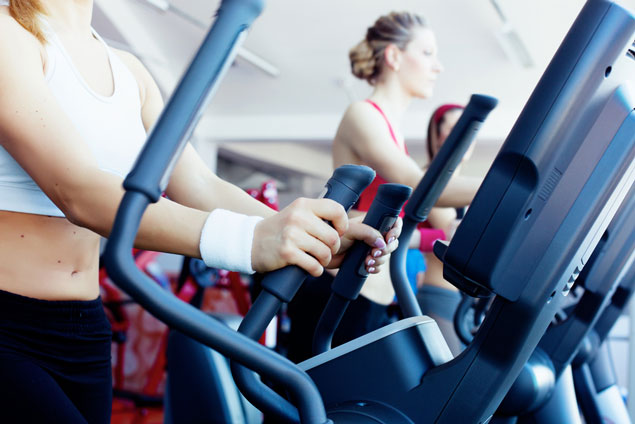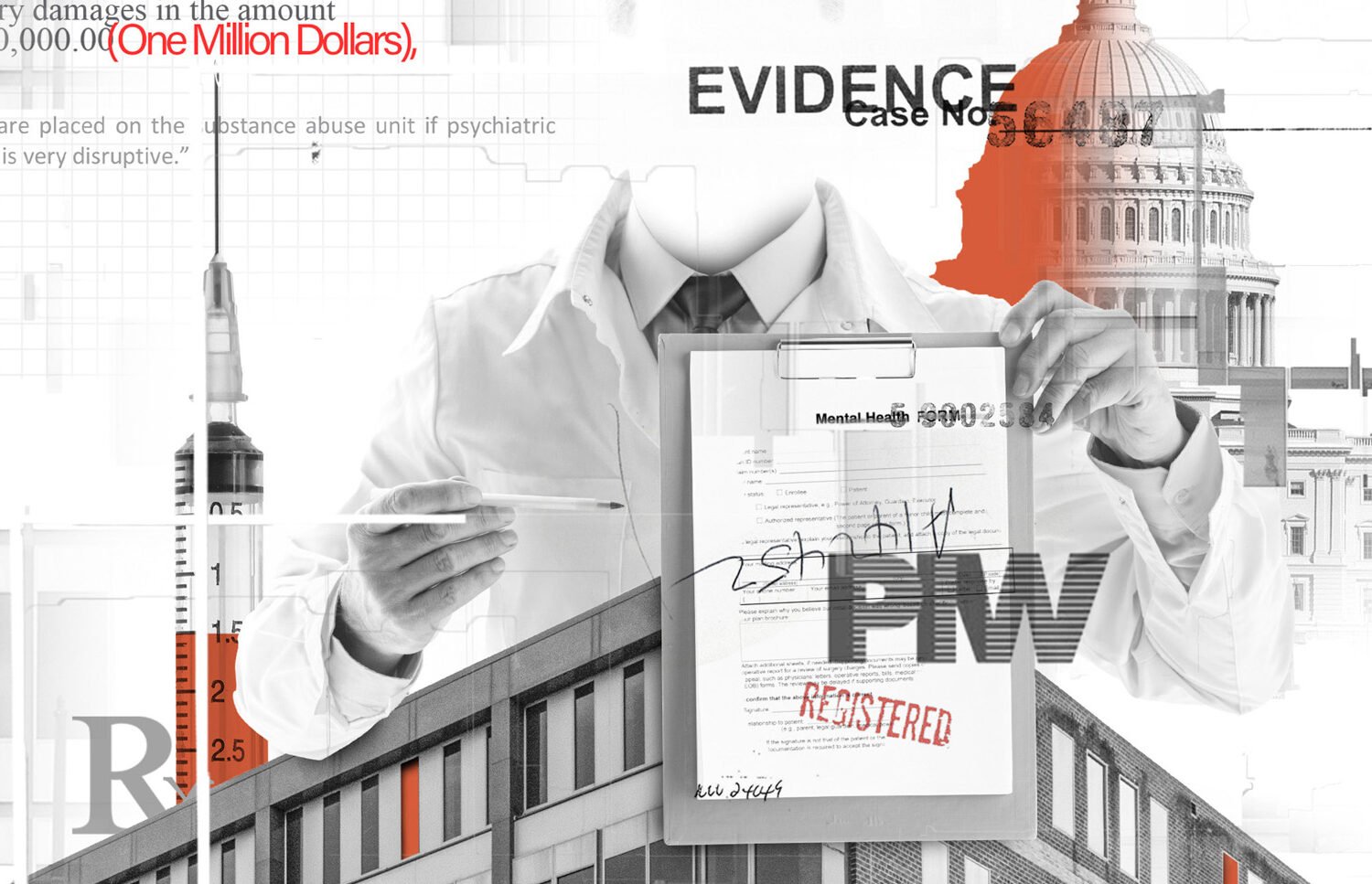With changing weather and the end of daylight savings time comes another hallmark of fall and winter: cold and flu season. And if you find yourself succumbing to illness year after year, some surprising culprits could be to blame. Here are five of the top germ-infested public places to be extra wary of this flu season.
1) The Gym
Fitness centers are well-known breeding grounds for germs that might lead to infections or athlete’s foot. A study found high levels of body contamination on door handles, shower floors, free-weight benches and bars, and dumbbells. And don’t forget to give your yoga mat a wipe-down before you roll it up to prevent bacteria from growing.
2) Public Transportation
DC’s Wheaton Metro station boasts the Western Hemisphere’s longest set of single-span escalators. But you may want to avoid holding onto the rails, despite what the safety rules tell you. A study that looked at mall escalator handrails detected traces of blood, sweat, and urine. It also found blood, mucus, saliva, sweat, and urine on bus handles and armrests. Another study on a public transportation system in a US city found various strains of the infection-causing bacteria staphylococcus on bus and train floors, seats, armrests, and windows.
3) Restaurants
A recent study found that on laminated menus, salmonella survived up to 72 hours and E. coli up to 48 hours. And do you ever request a slice of lemon with your water or soda? A study that examined 76 lemons from 21 restaurants found that more than 60 percent of the lemon slices produced microbial growth.
4) Playgrounds
Everyone knows a kid’s favorite time of the school day is recess. But what you might not know is that playgrounds are also hotbeds of germs. The same study that found bacteria on escalator handrails found that playgrounds were the site most likely to test positive for biochemical markers including blood, saliva, mucus, sweat, and urine.
5) Makeup Counters/Handbags
A two-year study by Elizabeth Brooks, a biological sciences professor at New Jersey’s Rowan University, found that testers and makeup counters were contaminated with staph bacteria and E. coli among other germs. So before you try on that lipstick, think of the hundreds who could have tried it on before you.


















